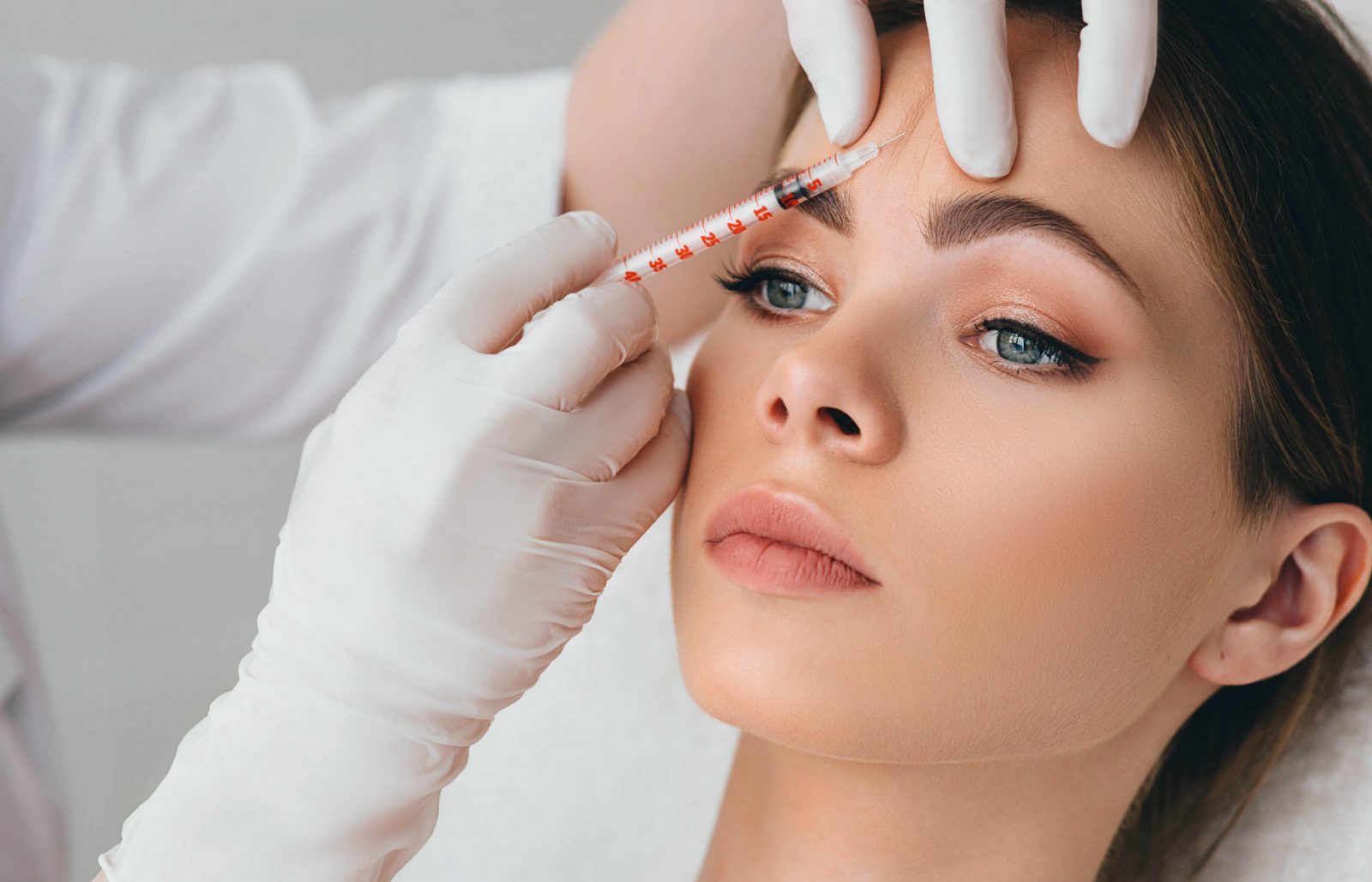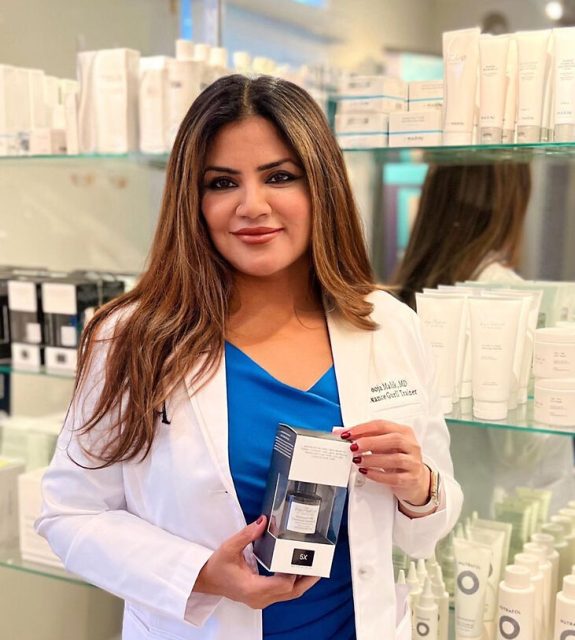Dr. Nirmal Nathan received his medical degree from the University of Miami, then Dr. Nathan trained in plastic and reconstructive surgery at the University of California – San Francisco (UCSF). At UCSF, one of the highest-ranked hospitals and medical schools in the US, Dr. Nathan developed a skillset and expertise encompassing the entire breadth and width of plastic surgery. After training, Dr. Nathan entered private practice and subsequently started the plastic surgery center of excellence in South Florida, dubbed The Nathan Clinic. In addition to his surgical offerings, Dr. Nathan also performs a large amount of non-surgical antiaging procedures in his office. These procedures include Botox, filler, laser procedures, thread lift procedures, and skin care. Unlike some surgeons, Dr. Nathan is both passionate and knowledgeable regarding non-surgical cosmetic procedures. This duality between surgical and non-surgical interventions allows his patients to receive the full range of options at The Nathan Clinic, rather than being placed into a non-surgical or surgical “box."
 Photo Credit: Shutterstock
Photo Credit: Shutterstock
Botox and dermal fillers are both extremely popular cosmetic treatments given through injections. Their similarities include being minimally invasive, highly customizable, and working well with other skin rejuvenation techniques. Past that, their differences are extreme.
As many continue to indulge in these cosmetic options, it is essential that we properly distinguish the two from one another. Haute Beauty expert Dr. Nirmal Nathan dives into the main differences between Botox and filler.
What is Botox?
Modern life is stressful. It probably causes you to frown, squint, and purse your lips many times throughout the day. Eventually, surface skin cannot rebound from those repeated muscle contractions. Fine lines become deeply etched, evolving into creases and folds. You look tired, angry, or years older than you feel. Botox treatment has helped countless men and women regain a vibrant appearance, without surgery.
Today, Botox has many medical uses including the treatment of cervical dystonia (neck spasms), chronic migraines, overactive bladder, and excessive sweating. Its value in aesthetic medicine has also blossomed.
What is dermal filler?
You may hear dermal fillers referred to as skin fillers, soft tissue fillers, wrinkle fillers, or injectable fillers. All these terms refer to gel-type substances precisely placed into various layers of the skin’s structure. Fillers serve a dual purpose. First, they add immediate volume, thus smoothing the surface of the skin. Second, because the body recognizes filler as an introduction of a foreign body, the treatment stimulates the production of fresh collagen – a natural healing response. Over time that makes skin thicker and firmer from within.
View this post on Instagram
Differences between Botox and dermal fillers?
The difference between Botox and fillers is something that I explain and address to my patients on a weekly basis. There are important differences that every patient needs to understand. Botox and fillers treat different components of facial aging. Botox is both a maintenance and a corrective treatment used to correct wrinkles due to muscle movement - which we call dynamic wrinkles. These are wrinkles such as between the eyebrows, around the sides of the eyes, and at the forehead.
In addition, Botox can be also used in a variety of other ways to produce different, targeted effects on the face. For example, Botox can be used to reduce a gummy smile. Botox can be used to make a face appear slimmer by reducing the muscles that are used for chewing on the sides of the face. Filler on the other hand is more of an immediate corrective treatment rather than maintenance. Filler is not used to address dynamic wrinkles but rather, it is used to provide volume and lift to the face.
Filler can be used on the cheeks, nasolabial folds, around the mouth, in the temples, and at any location on the face where it is safe to inject. That's why it's very important to go to someone who has extensive knowledge of facial anatomies, such as a board-certified plastic surgeon. Otherwise, vascular complications can result. With filler, there are best practices that need to be followed to ensure that you have the best result.
There are other differences between filler and Botox. The duration of action of Botox and filler also vary. For example, Botox in most patients will last three to four months. Filler will usually last longer, for a period of 6 to 24 months, depending on the type of filler used. So not only are filler and Botox doing different things on the face...they are also exerting their actions for different periods of time. It's very important that you go to an injector that understands the difference between Botox and filler so that you're getting the optimal intervention for your face.
For more information, visit Dr. Nirmal Nathan's social media:























